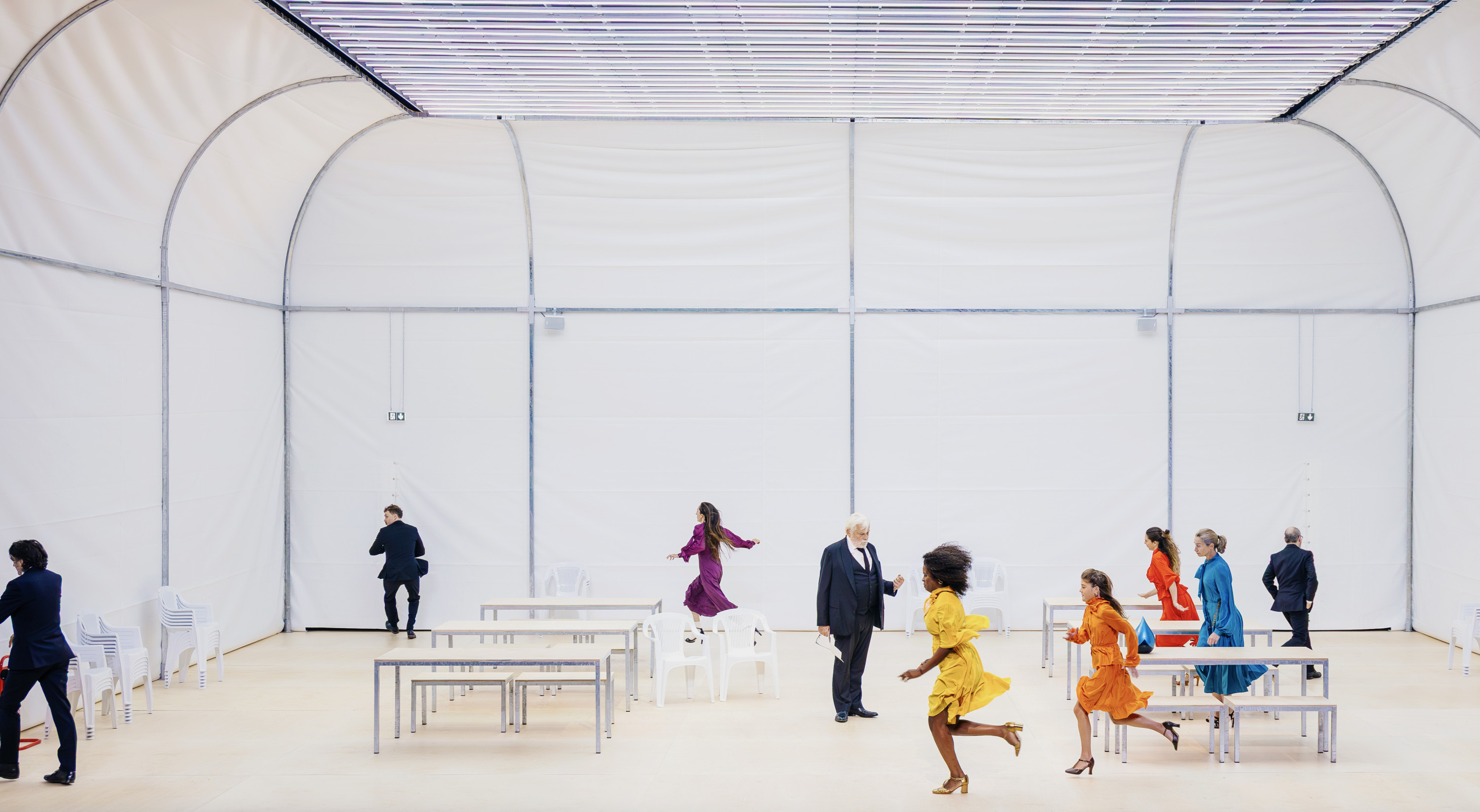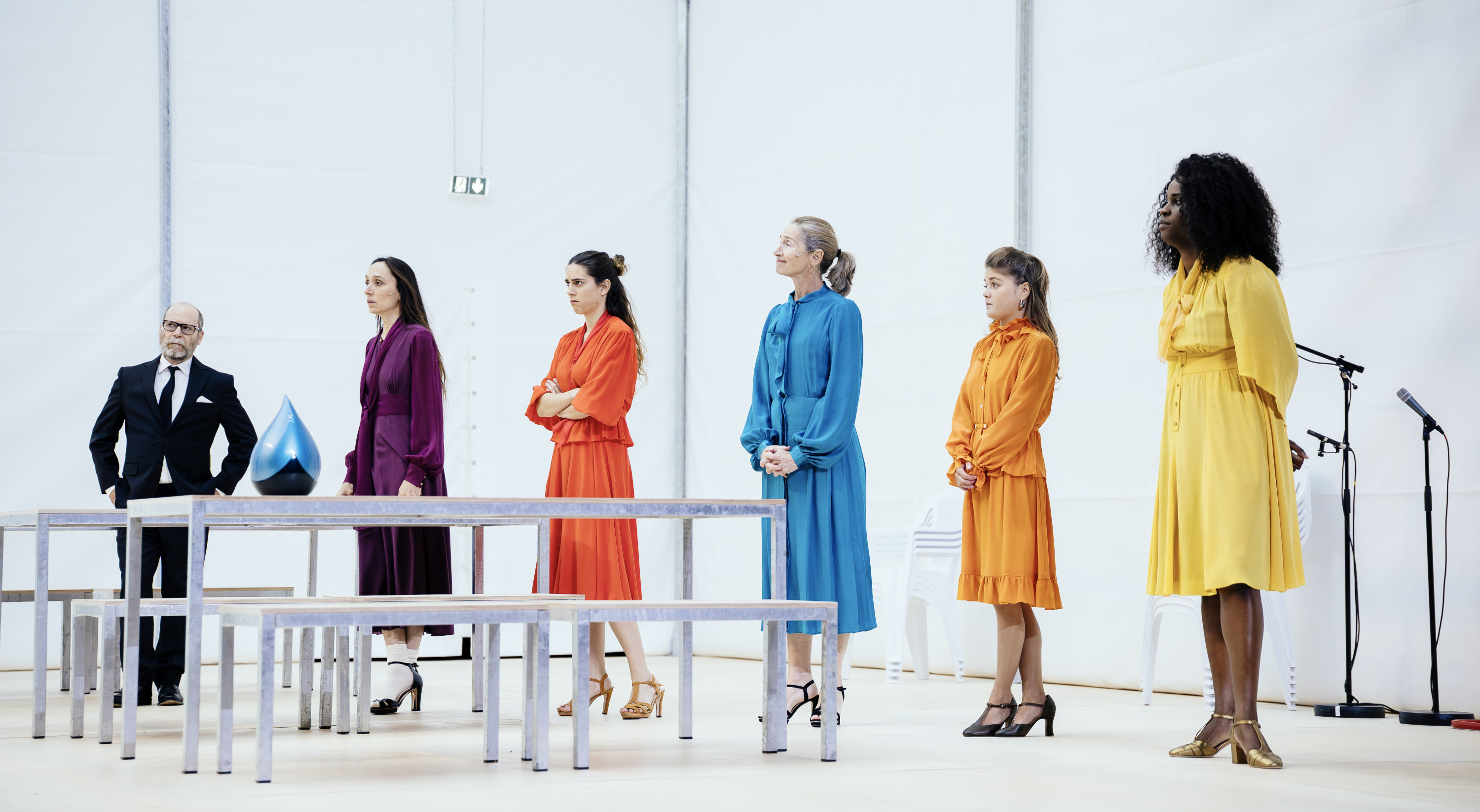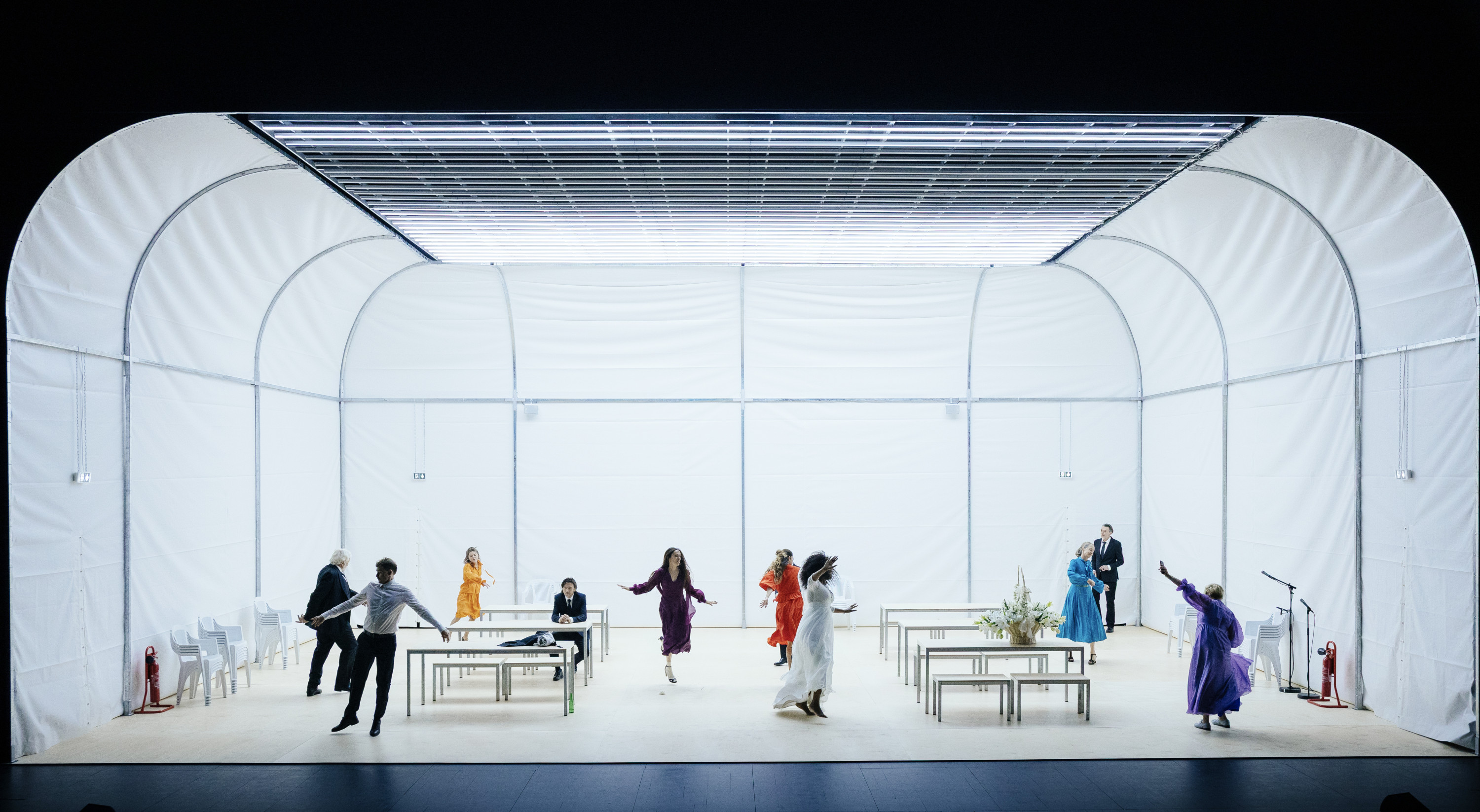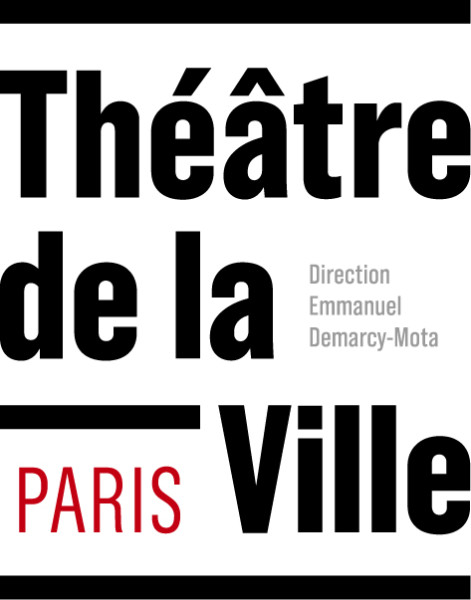Pascal Rambert
Les conséquences
novembernov 3 – 15
Monday november 3
20h
Tuesday november 4
20h
Wednesday november 5
20h
Thursday november 6
20h
Saturday november 8
20h
Sunday november 9
15h
Monday november 10
20h
Tuesday november 11
20h
Wednesday november 12
20h
Thursday november 13
20h
Saturday november 15
20h
Text, direction and installation Pascal Rambert. With Audrey Bonnet, Anne Brochet, Paul Fougère, Lena Garrel, Jisca Kalvanda, Marilú Marini, Arthur Nauzyciel, Stanislas Nordey, Laurent Sauvage, Mathilde Viseux, Jacques Weber. Lighting Yves Godin assisted by Thierry Morin. Costumes Anaïs Romand. Music Alexandre Meyer. Set design Aliénor Durand. Choreography Olga Dukhovnaya. Assistant director Romain Gillot. Artistic collaborator Pauline Roussille. Production Manager Félix Löhmann. Lighting Manager Thierry Morin. Sound Manager Baptiste Tarlet. Stage Manager Antoine Giraud. Dresser Marion Régnier. Rehearsal coach José-Antonio Pereira. Vocal coach Lucas Van Poucke. Production Manager Pauline Roussille. Production Administration Sabine Aznar.
Production Management structure production
Coproduction Théâtre national de Bretagne; Le Cratère – Scène nationale d'Ales; Festival d'Automne in Paris; Théâtre de la Ville-Paris; Bonlieu Scène nationale Annecy; TNN – Théâtre National de Nice
The Théâtre de la Ville-Paris and the Festival d'Automne à Paris are co-producers of this show and present it in co-realisation.
Pascal Rambert, a major author and director of his generation, finds himself once again in the company of his faithful companions in an ambitious fresco dealing with the passage of time and family ties. Intended as a trilogy spanning five years, it explores what is left behind by our commitments and ruptures.
Les consequences addresses the question of time and how it transforms human beings - as living bodies, psychic worlds, and patterns of behaviour - in order to closely examine the repercussions of our actions. Without being condescending or moralistic, Pascal Rambert casts an astute, level gaze on the shifting sphere of family, romantic and friend-based relationships, and the scope of experience with regard to social, political and emotional commitments. Divided into four chapters that alternate in a fast-paced way between weddings and funerals, the artist lays bare the taut nature of this time that courses straight through our bodies like an arrow, its flow dazzling us as it passes between sharp stones. On the occasion of these rites of passage, a family of three generations gathers under the white canvas of a large marquee. It becomes a space for the sharing in of ten years which have sped by, with all their various joys, pains, hopes, and things we have given up on. It is these outermost contours of life that make up the theatrical material of Rambert's ever more incisive language.
In the same place




